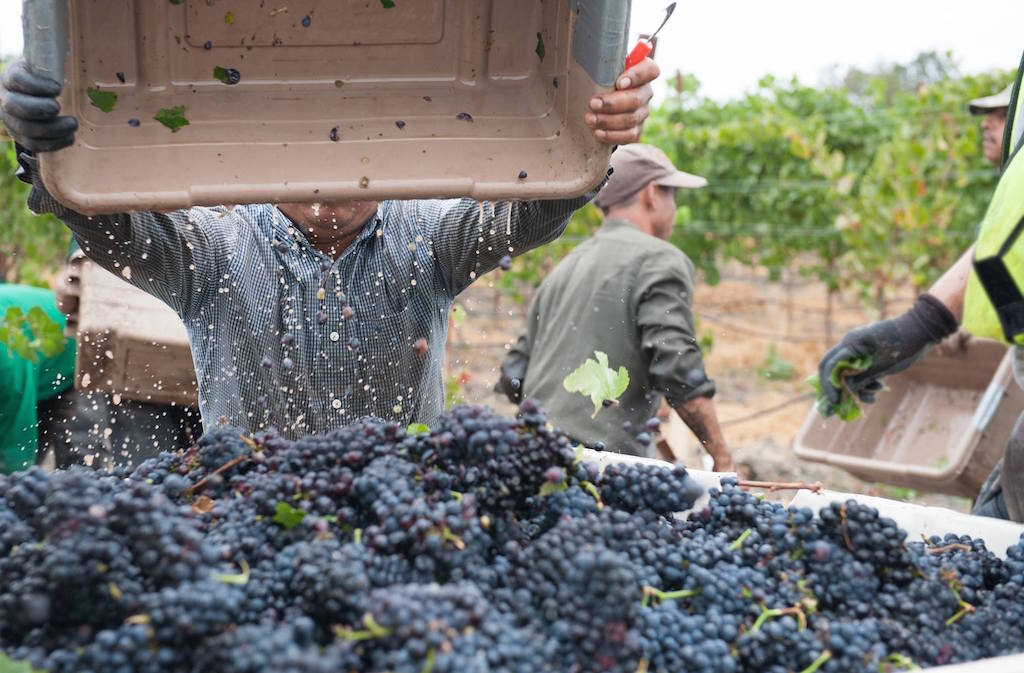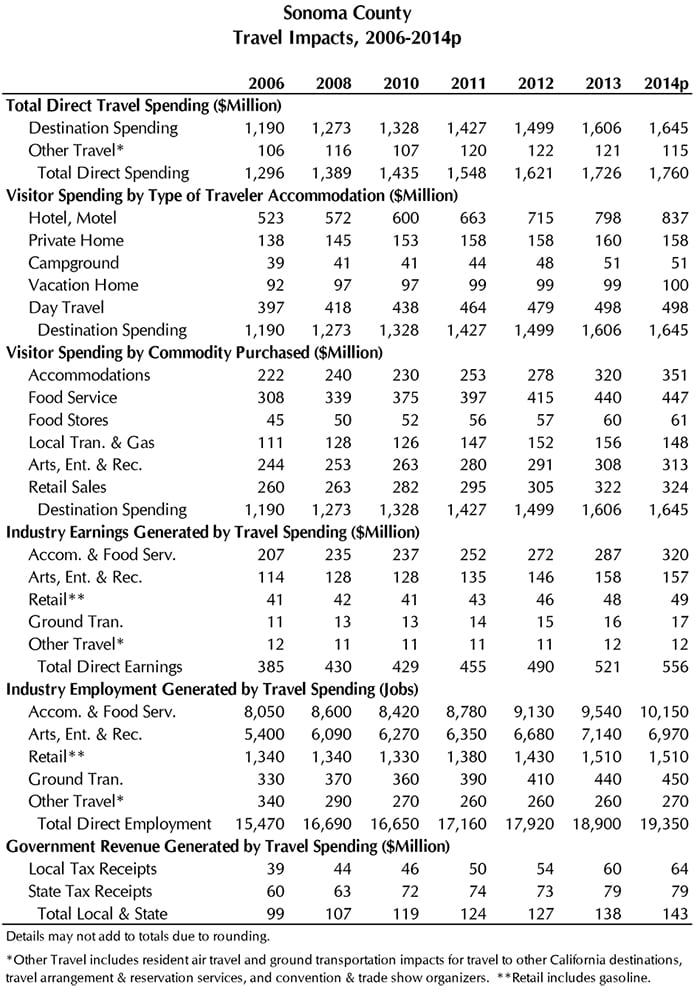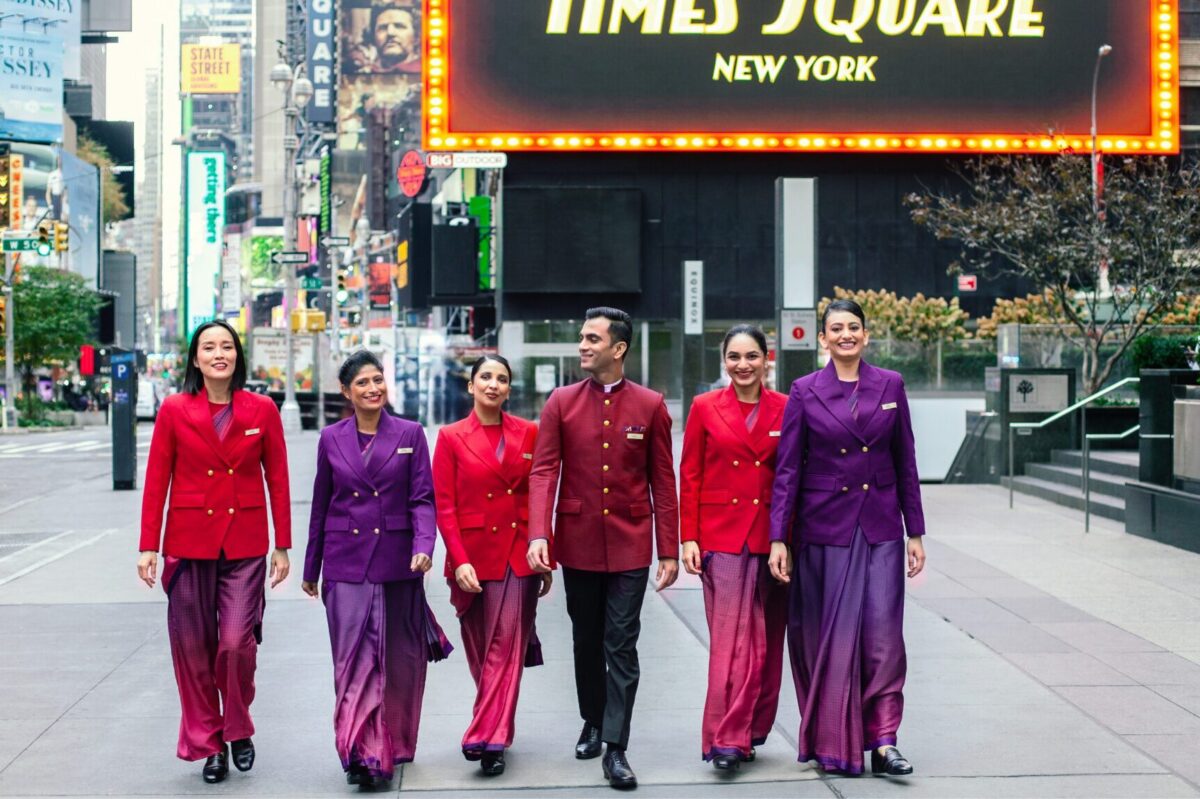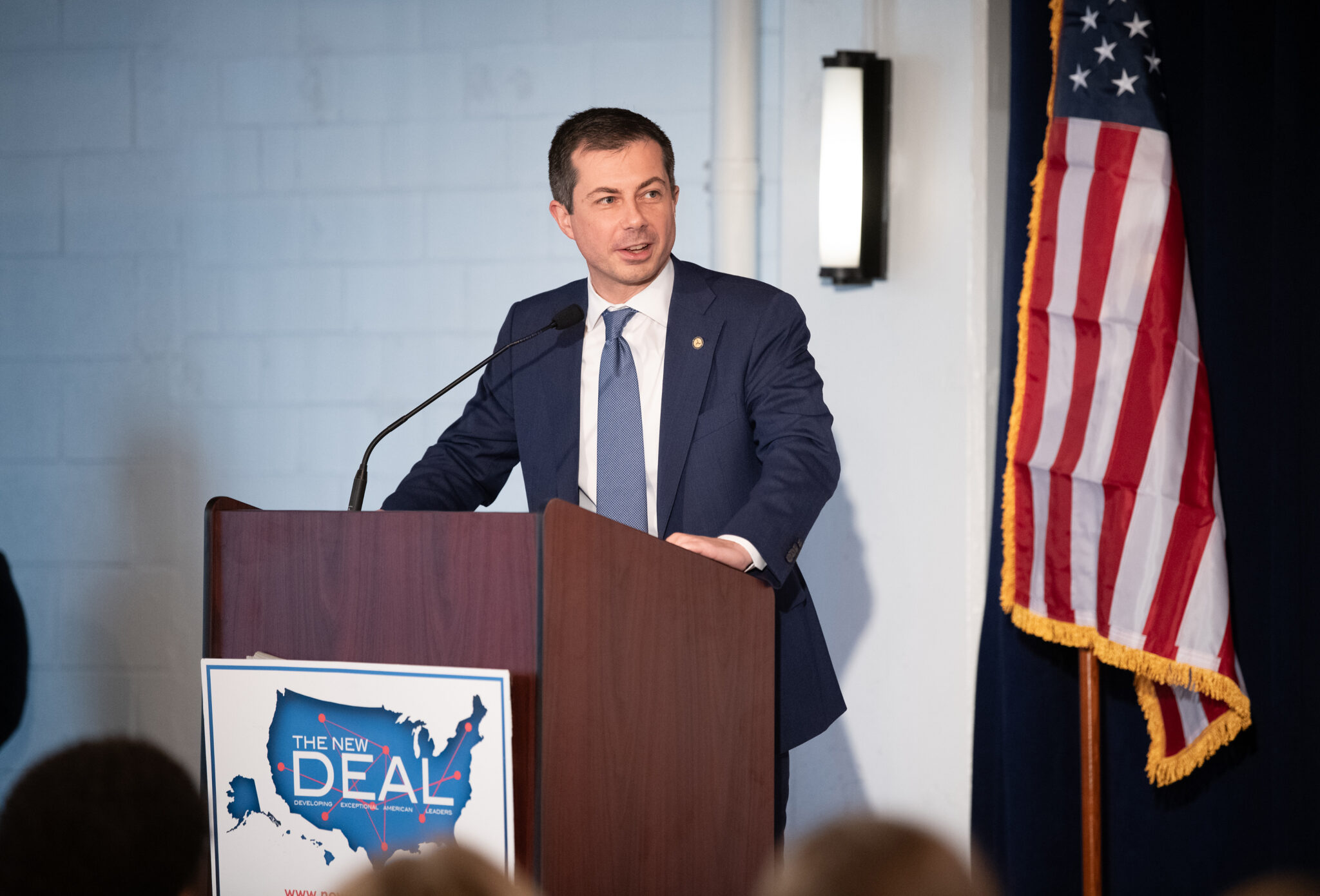Sonoma County Tourism CEO Explains the Road to Super Bowl 50 Partnership

Skift Take
Sonoma County will be the official wine supplier and destination partner at Super Bowl 50 in San Francisco next year, which provides a perfect case study for how destination marketing organizations are developing alliances with non-tourism partners to support tourism promotion.
For the Sonoma County Tourism Bureau, the value of attaching its destination brand to one of the world’s biggest sporting events is enormous. That includes getting the brand in front of an estimated one million people during the “Super Bowl City” fan village leading up to the big game. Extended beyond the usual four days, the eight-day fan celebration will close off the streets around the Ferry Building anchoring the Embarcadero waterfront.
Financial terms between Sonoma County Tourism and the Super Bowl 50 Host Committee for the exclusive right to serve Sonoma County wine have not been disclosed.
According to Kenneth Fischang, president and CEO of Sonoma County Tourism, the primary reason why the destination was able to secure the Super Bowl contract is based on the unique organizational structure of the DMO.
Just over a decade ago, Sonoma County Tourism was created within a partnership framework unofficially called the “Trio,” including Sonoma County Wine Growers and Sonoma County Vintners. As such, the responsibilities for tourism promotion are inextricably linked with the business interests of both the agricultural industry and the influential winemaker community.
In a nutshell, the wine growers grow the grapes, the vintners make the wine, and the tourism bureau gets people to visit Sonoma to drink it. That equation extends beyond inbound arrivals and transient wine sales as well, because it also impacts exports. The more people that drink wine in Sonoma, the more people buy it when they get back home.
However, getting wine lovers to Sonoma is not a slam dunk when your neighbor is Napa Valley, one of the world’s most popular wine regions.
In an effort to empower the Sonoma brand as much as possible, the wine growers and wine makers aligned their individual branding around the tourism bureau’s “Sonoma County” logo, designed like a tilted ink stamp marked on a wine crate. The two sister organizations simply added the words “Winegrowers” and “Vintners” below the logo. Therefore, for all consumer and commercial activities among the Trio globally, the three are all pushing out a consistent visual brand message promoting the destination.
Furthermore, because the promotion of the travel and wine products are combined, helping drive economic development for the two primary industries in Sonoma, nobody questions the impact of the tourism bureau on the local visitor economy. To build on that, Sonoma Tourism formed the President’s Council group, bringing together elected leaders, key tourism leaders, the vintners, wine growers, and each of the 15 wine regions to meet regularly to discuss economic development strategy.
“We created a unique partnership unlike anywhere else in the world,” says Fischang. “It’s been enormously successful, and we have a lot of clout with elected officials because they’re not just dealing with tourism. They’re dealing with tourism, agriculture and the wine makers.”
One of the business outcomes of the President’s Council was a new law passed in 2014 stipulating “conjunctive labeling.” Every bottle of Sonoma County wine that is made with at least 75% of local grapes must now have Sonoma County as the final wine region featured on the label.
“Before there was a lot of confusion where people thought Russian River Valley was in Oregon, or we were confused with Napa,” says Fischang. “By adding Sonoma County to the wine label, you have the type of wine, the vineyard, and then the wine region, which is Sonoma County. So now there are well over 100 million impressions of the Sonoma County destination going out every year on all different bottles of wine.”
The collaboration among the Trio also extends to the sales road shows that Sonoma County Tourism organizes. For example in March, the bureau brought 70 vintners and numerous sommeliers to Chicago for a “Sonoma in the City” event, where they held tastings for Chicago area restaurants and wine clubs.
Other similar events have taken place in Washington DC, Boston, San Diego, Dallas, Toronto, Vancouver and Hong Kong, among others. Those were basically test drives for the Super Bowl 50 fan village week in February 2016.
“All of the wine served for events during those days will only be Sonoma wine,” explains Fischang. “It’s a very ambitious and exciting project, and as a standalone DMO, there’s no way we could have done this without the vintners and wine growers.”





